Deep in the south Kilkenny countryside close to the border with Tipperary and Waterford lies what is arguably Ireland’s finest restored country estate.
Castletown, or Castletown Cox as it is known to distinguish it from the other more famous Castletown House in Kildare, is something of an anomaly in the staunch farming townlands of Piltown and Owning outside Carrick on Suir.
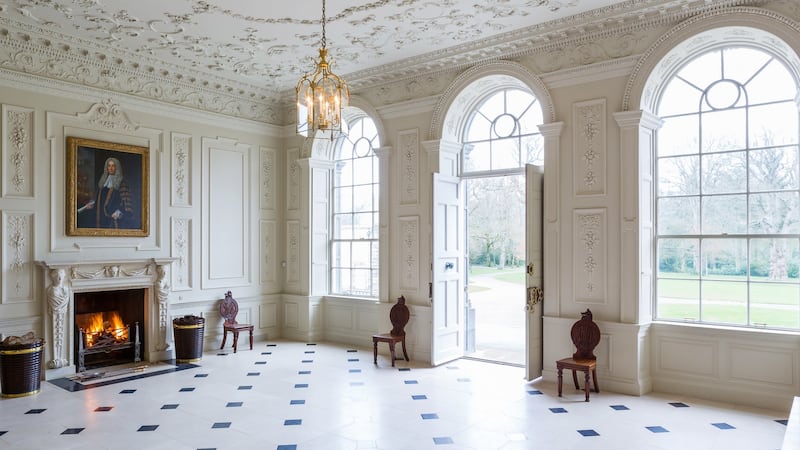
0 of 16
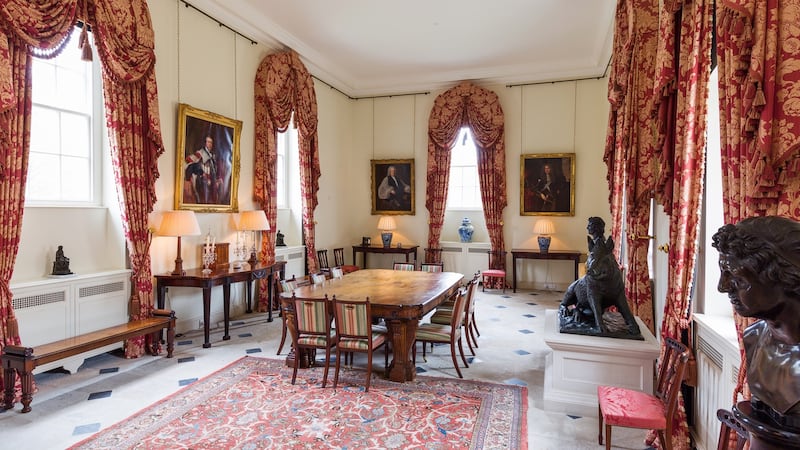
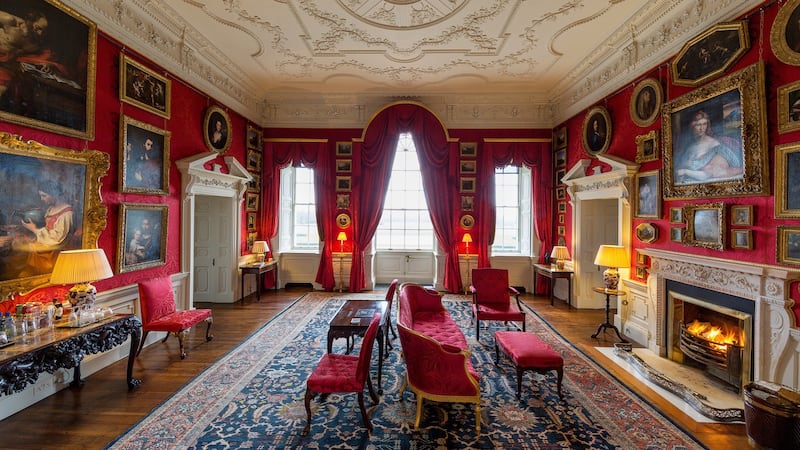
A visitor viewing the exceptional Palladian home and pristine formal gardens for the first time could be forgiven for thinking they had suddenly fetched up somewhere in England’s home counties.
Few people outside the area have ever heard of this impeccably restored Georgian estate on 513 acres, historically described as “Ireland’s most beautiful house”.
It barely features in the many tomes describing the great Irish country homes, yet it easily rivals long-celebrated examples including the restored Lyons Estate in Co Kildare, Powerscourt House in Co Wicklow and the other magnificent Palladian, Carton House in Kildare.
Our very own Downton-on-Suir, it remains one of Ireland’s best kept secrets largely thanks to its extremely private owners, the UK-based Magan family.
Lord George Magan, a retired banker and former chairman of the British Conservative party, with his wife Wendy, purchased Castletown in poor repair in 1999 and undertook its meticulous restoration.
With Lord Magan’s wealth currently valued at more than £60 million, few houses in the State, or even in the British Isles, have been so faithfully and painstakingly refurbished, with the cost likely to have run into many millions.
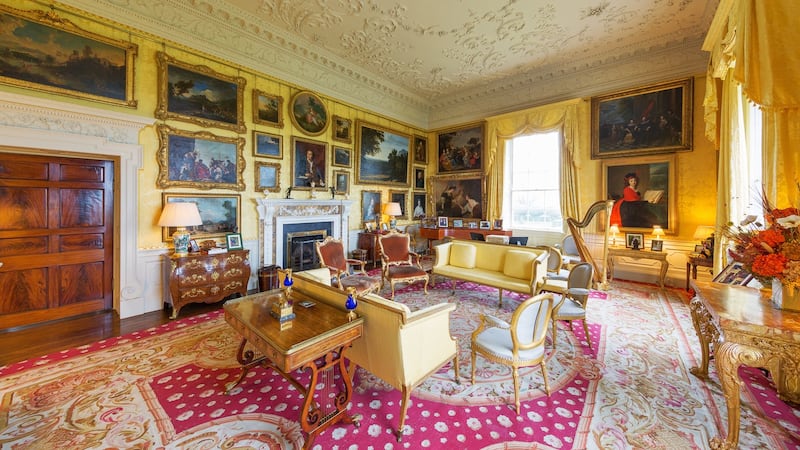
Castletown, with 36,630sq ft of accommodation and 513 acres, goes on the market today through agent Knight Frank seeking offers of more than €17.5 million.
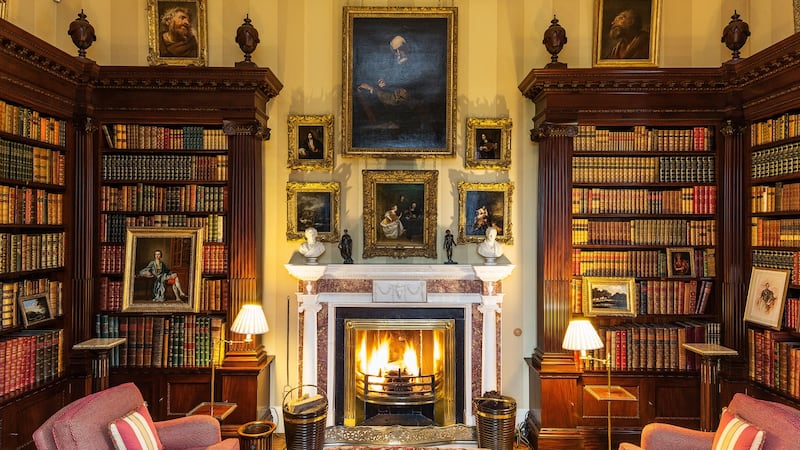
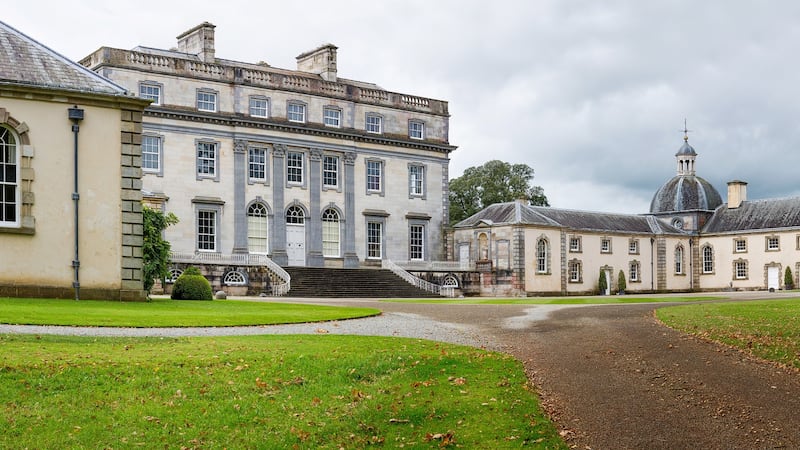
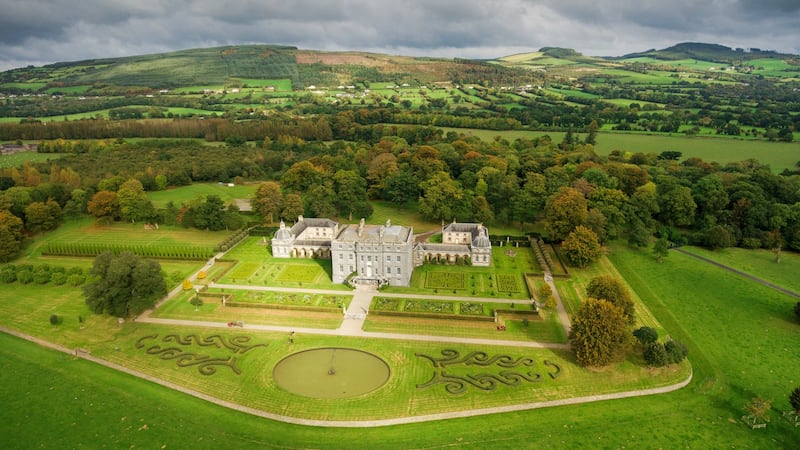
Protected gem
Ironically this quiet protected gem started life in 1767 as a bold statement home for the protestant Archbishop of Cashel, Michael Cox. The story goes that he received a substantial sum to build a church and residence, and while he embraced the house project with an admirable fervour that has stood the test of time, the church less so. Tucked away on a corner on the edge of the estate the simple structure would fit into one of the many grand salons of the main house.
Cox commissioned Sardinian architect Davis Ducart, who built the seven bay three storey over basement house to a symmetrical Palladian plan, modelled, it is believed, on William Wynde's Buckingham House in London (later Buckingham Palace). The understated limestone-cut entrance leads along an oak-tree lined avenue through sweeping parkland until the main house looms into view behind a small man-made lake to the front. Two wings stretch at right angles from the main house, bookended by octagonal slated domes with substantial private apartments running behind.
The fine cut-stone facade is arresting with a beautiful mix of dressed sandstone, blue Kilkenny limestone and, in places, unpolished marble. In the ensuing generations Castletown passed by inheritance from Cox to the Villiers-Stuart family, until in 1909 it was sold to Col Wyndham Quin who advanced the formal “knot” garden to the side and introduced the impressive statuary throughout.
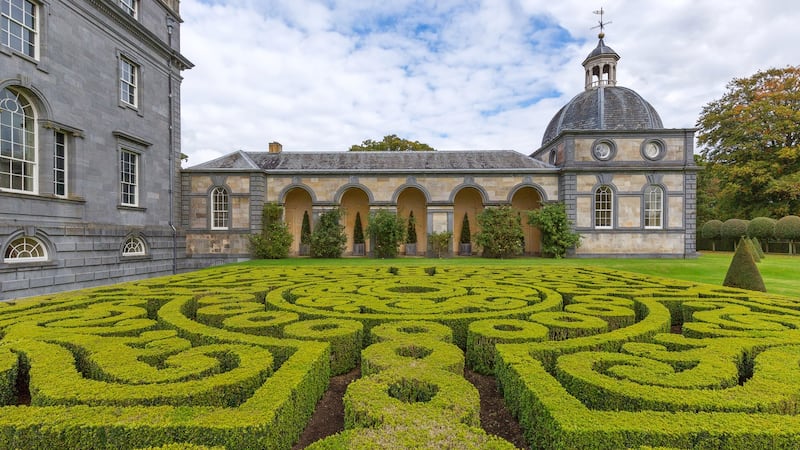
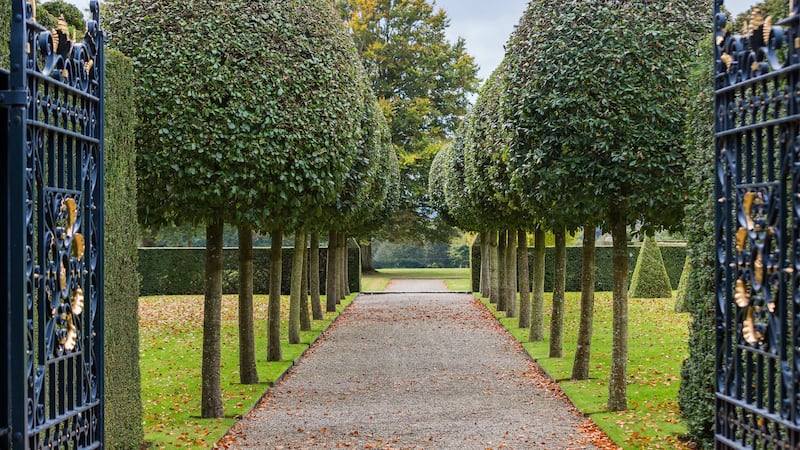
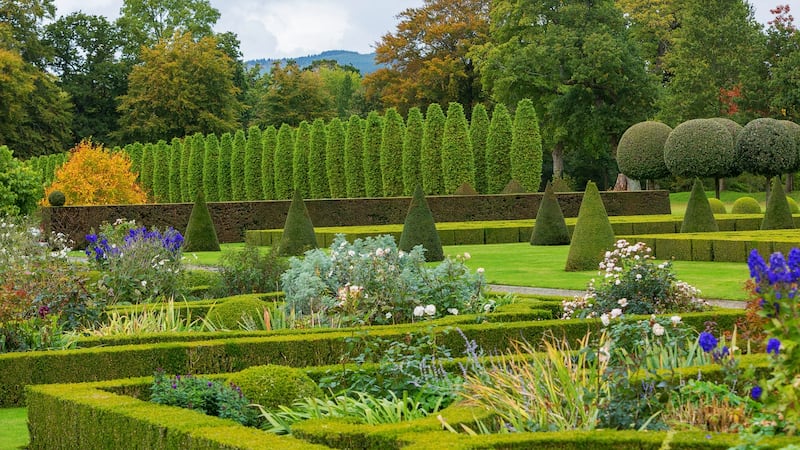
Castletown through the years has had a series of prominent and interesting owners, including for many decades Maj Gen ER Blacque and family. However its most controversial owner has to have been the self-styled Baron Brian de Breffny who died in 1989. The son of a London taxi driver turned bookie, he invented the title, and first married an Indian princess before settling with his second wife, a Finnish widow, Ulli, at Castletown. An article in the Kilkenny People recounts how lavish parties at the house would last for three days and local people who waited on tables witnessed decadence on a scale that made the excesses of the Celtic Tiger era seem miserly.
Jaw-dropping
The property is accessed by rounding the garden side to the granite-stepped entrance at the centre of a traditional carriage forecourt. The main entrance hall sets the tone for the rest of the house. It is jaw-dropping. The white painted walls and simple black and white stone floors showcase the exceptional rococo plasterwork by famed stuccodore Patrick Osborne of Waterford. At its heart is a very fine ornate Kilkenny marble chimneypiece.
Off the entrance are three formal rooms, the reception hall, music room and dining room, one surpassing the next in its opulence. Silk panelled wallpaper, vast antique carpets, and exceptional items of fine furniture and art adorn every room.
What is most arresting about the interior – and there are many features to stop a visitor in their tracks – is the extensive ecclesiastical art hanging on almost every wall surface on every floor. Even to the untrained eye, it’s fair to hazard that if the Magans were to sell this extraordinary collection, it could recoup even more than the estimated value of the house itself.
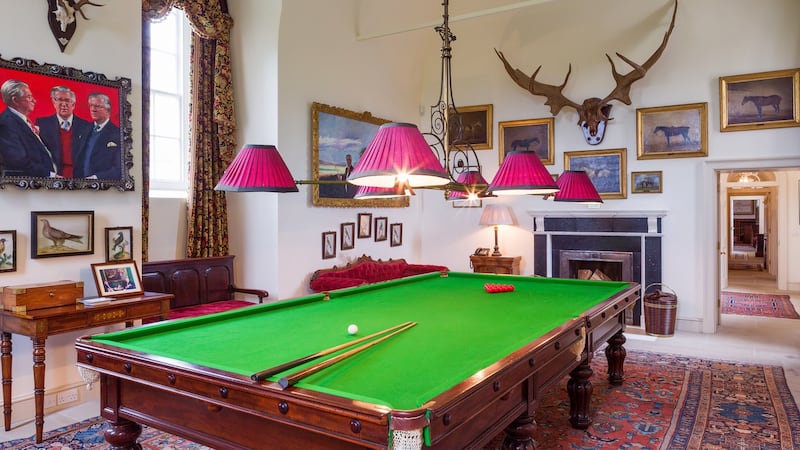
The history at Castletown has been carefully preserved, but, as Knight Frank director James Meagher points out, it also comes with every modern comfort. Period features, from plasterwork to floorboards to shuttered windows to heating, have been completely restored and renovated to perfect working order. The library, complete with hidden bookcase door, is a thing of beauty, even though all the joinery is most likely new.
A lift services all levels, and the 10 bedrooms arranged across two floors in the main building are en suite, while a sophisticated heating system ensures the rooms are at the perfect ambient temperatures for the fine art on one hand and the vast wine collection downstairs on the other. Another highlight is the lovely warm country kitchen with its vaulted ceiling in the raised basement. Off it is a narrow discrete breakfast room, and both rooms are a homely break from the decadence above stairs.
The adjoining wings house any number of ancillary rooms including a billiards room, ballroom, a model room (where a model of the property stands), a gym, a vestuary and a range of staff accommodation. There are a further eight properties included in the sale – two gate lodges, a gardener’s cottage, four further cottages and a very fine hunt lodge.
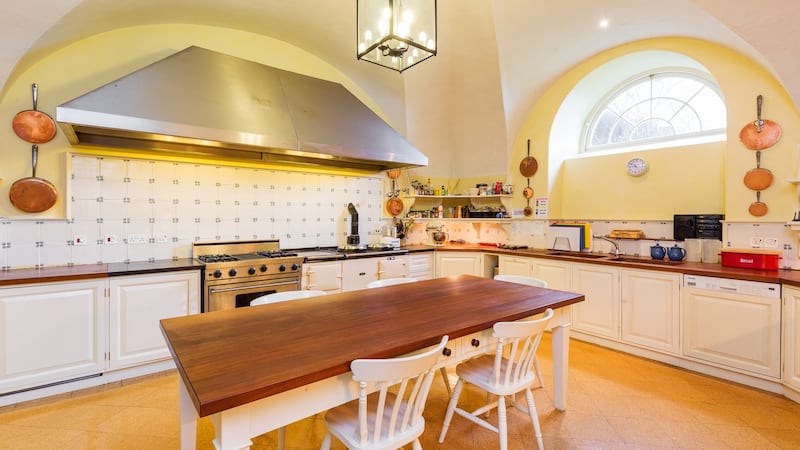
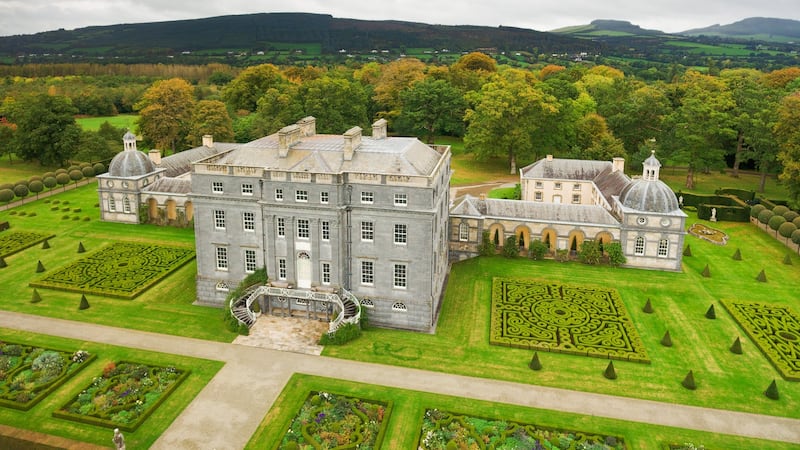
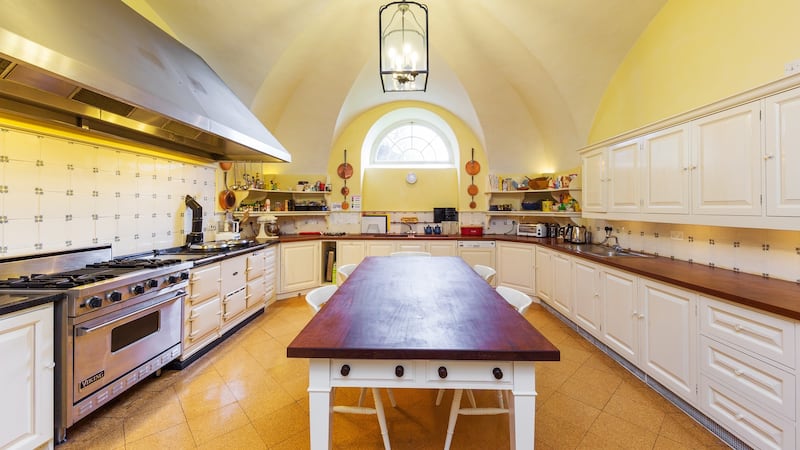
Hunting country
Located in the heart of hunting country, the Magan family rode out with the local hunt, and in fact, the Kilmoganny Harriers hunting pack of hounds is currently kennelled on the grounds of Castletown. Dublin and Cork airports are located about two hours in each direction.
The Magan family guards its privacy so strongly that representatives of the family cannot say who led the refurbishment project, whether it was Lord or Lady Magan, another family member or indeed someone acting on their behalf. Nor do we have any details as to who the craftsmen involved were, local or otherwise. It’s a pity, because such a substantial restoration endeavour is worthy of small recognition at least. Maybe the penchant for secrecy is a legacy from Lord Magan’s father. An Irishman born in Athlone, Brig Bill Magan played a key role in cold war espionage, and was a director of MI5 who died in 2012, aged 102.
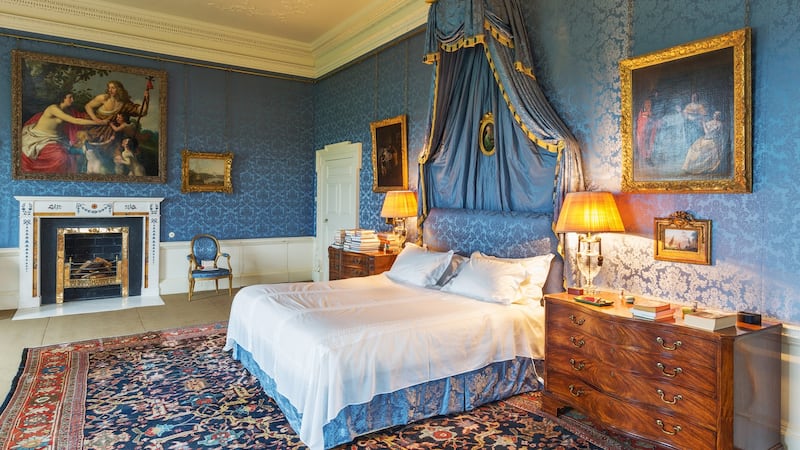
We can only glean from the many family pictures dotted around the house, and extensive reading material – much of it of Irish interest, including books penned by Bill Magan – in every bedroom that this is a house that has been much loved and lived in by the Magans, their three children and grandchildren. A statement from the family trustees simply states that it is time for the Magans “to devote themselves to other projects and for somebody else to take up the baton of cherishing this exceptional and magical house”.




























